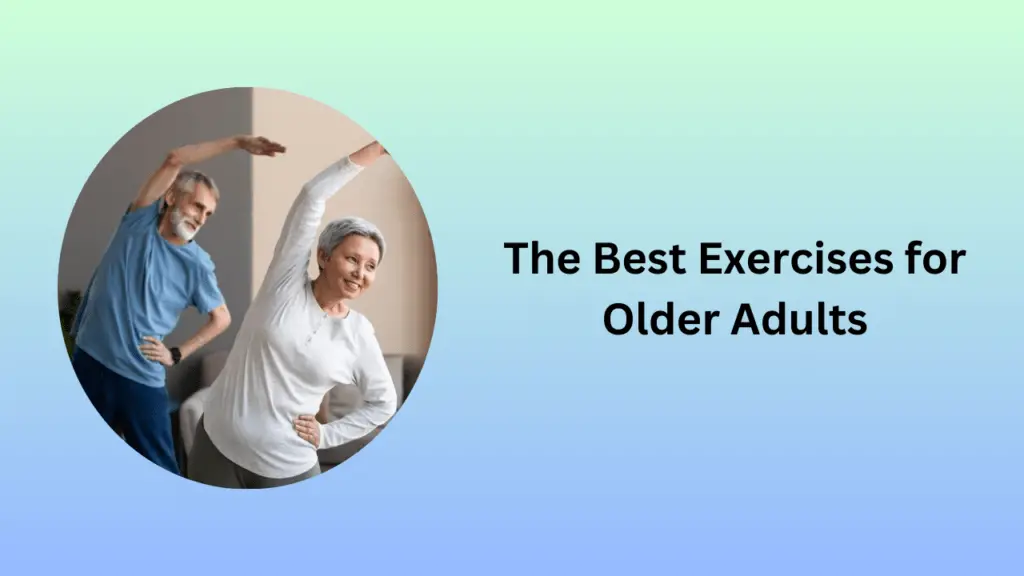Table of Contents
ToggleIntroduction
As we age, it’s crucial to maintain a healthy and active lifestyle to preserve our physical and mental well-being. Regular exercise plays a significant role in promoting strength, flexibility, balance, and overall vitality for older adults. In this article, we will explore the best exercises for older adults to help them stay active and healthy.
Importance of Exercise for Older Adults
Maintaining a regular exercise routine can bring a host of benefits for older adults, including:
- Improved Health
- Enhanced muscle strength and flexibility
- Better balance and reduced risk of falls
- Enhanced cognitive function and mood
- Increased longevity and quality of life
Best exercises for older adults
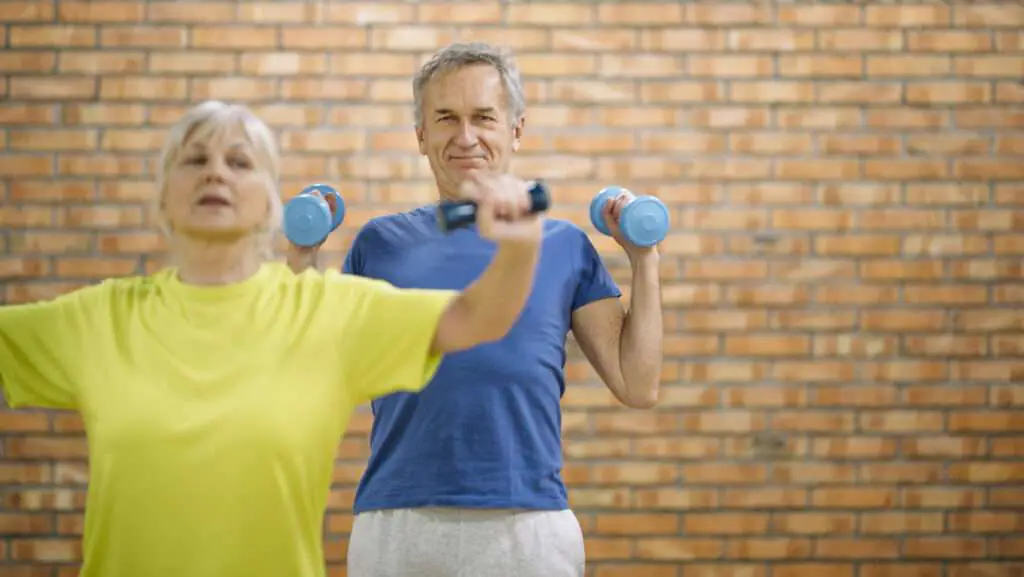
Aerobic Exercises
- Walking: Older adults can benefit from walking, which is a highly effective form of cardio that can be tailored to fit their needs with the pace, distance, or time.
- Water aerobics: Exercising in the water is ideal for those living with arthritis and other forms of joint pain, as the buoyancy puts less stress on your joints. Water aerobics improves strength, flexibility, and balance with minimal stress.
Strength Training
- Resistance band workouts: Resistance bands provide a great way to build strength without putting too much stress on the joints.
- Body weight workouts: Muscle loss can be devastating for older adults, so bodyweight exercises like push-ups and sit-ups are important for maintaining strength.
- Lifting weights: Lifting weights, even light weights, help maintain and build muscle mass.
Flexibility and Balance
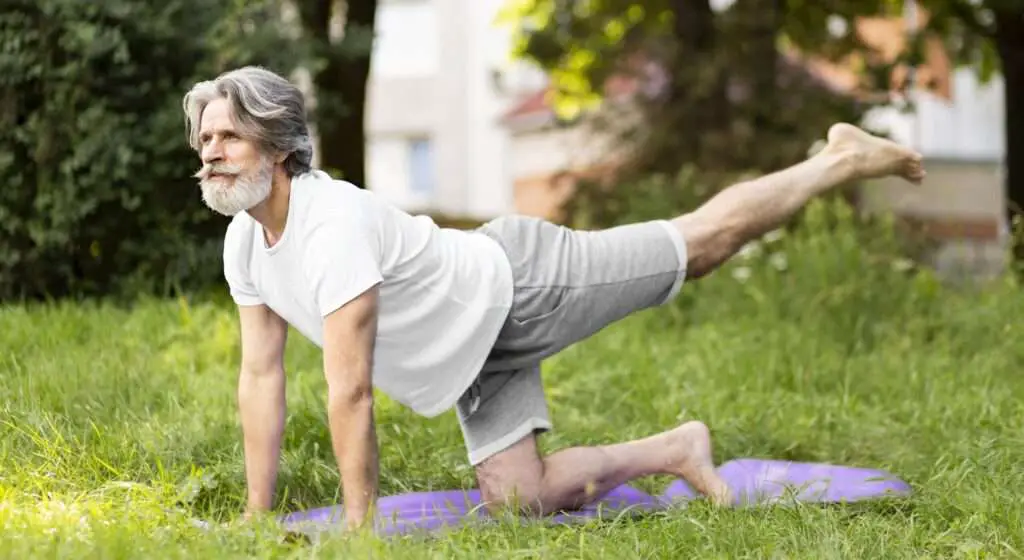
- Yoga: Chair yoga is an accessible form of yoga that improves muscle strength, mobility, balance, flexibility, and mental health in older adults.
- Tai chi: Tai chi is a great activity for improving balance and flexibility.
- Balance exercises: Incorporating balance exercises like the ones described in the search results, or activities like tai chi or yoga, makes it easier to walk on uneven surfaces without losing balance.
Other Great Options
- Pilates: Pilates strengthens muscles and improves flexibility and balance.
- Cycling: Stationary or outdoor cycling is a low-impact way to get aerobic exercise.
- Swimming: Swimming and water activities are easy on the joints while providing a full-body workout.
The key is to aim for 150 minutes per week of moderate aerobic activity, plus 2 days per week of strength training and balance exercises. Make sure to consult with your doctor before embarking on a new exercise program. Consistency is important, so choose activities you enjoy to stay motivated.
Nutrient Needs for Older Adults
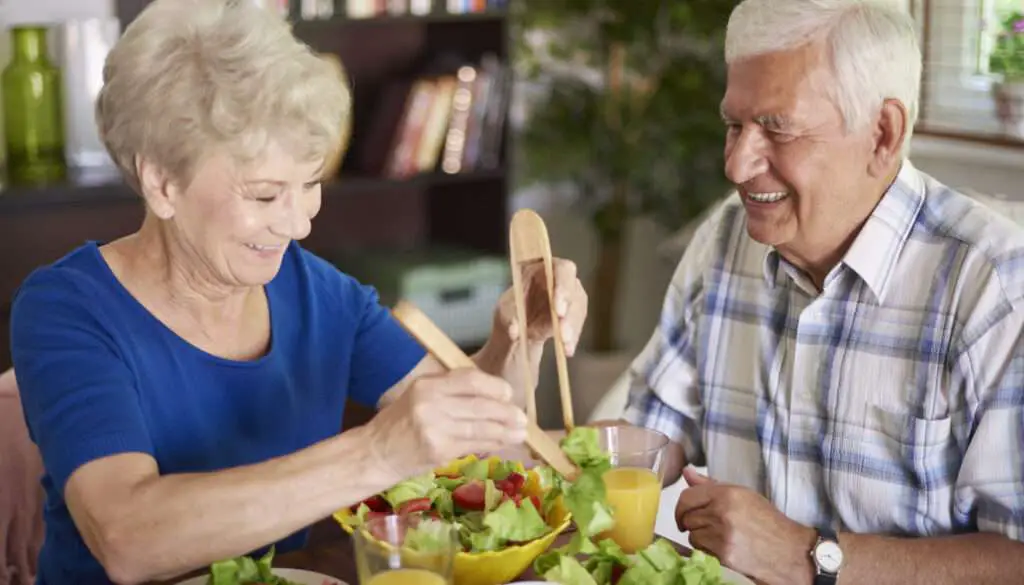
Older adults need to focus on getting enough of certain key nutrients like:
- Protein to maintain muscle mass
- Calcium and vitamin D for bone health
- B vitamins like B12 which can be harder to absorb with age
- Potassium to help regulate blood pressure
They may need fewer calories overall but have similar or even increased nutrient needs compared to younger adults.
Healthy Eating Habits
- Maintain a balanced diet that includes fruits, vegetables, whole grains, lean protein, and low-fat dairy.
- Avoid “empty calories” from added sugars, saturated fats, and sodium.
- Stay hydrated by drinking water, milk, and 100% juices.
- Make mealtimes social by eating with friends or family when possible.
Overcoming Challenges
Age-related changes like loss of appetite, difficulty chewing/swallowing, and reduced mobility can make healthy eating harder.
Tips include:
- Eating smaller, more frequent meals
- Choosing easy-to-prepare nutrient-dense foods
- Getting help with grocery shopping and meal preparation if needed
The key is to focus on nutrient-dense, whole foods that provide the vitamins, minerals, and other nutrients older adults need while limiting less healthy options. Consistency and making mealtimes social can also go a long way in maintaining good nutrition as we age.
Healthy meal plan for older adults
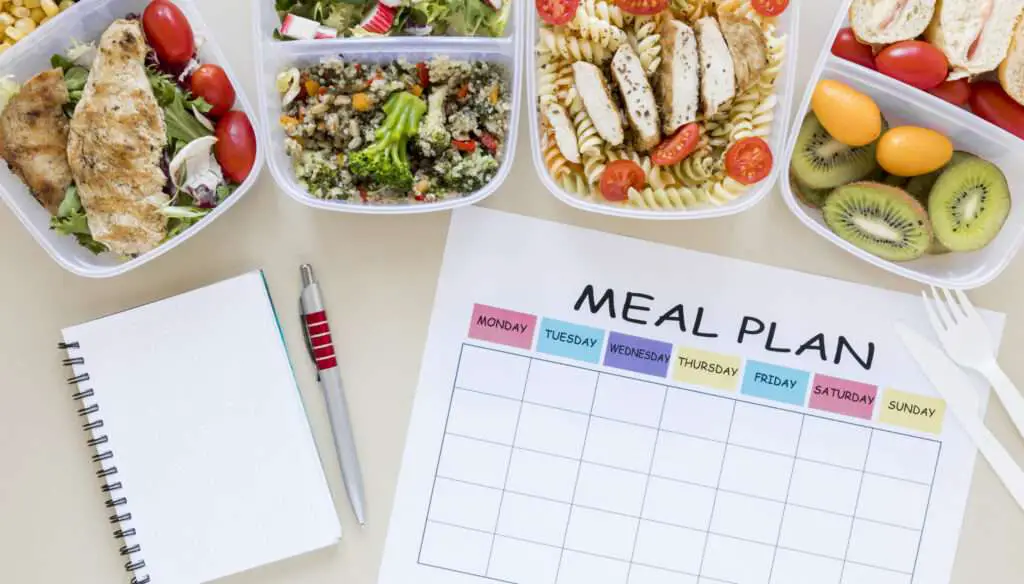
Breakfast
- Oatmeal with Fruit and Nuts: Cook oats with milk or yogurt, then top with sliced banana, berries, and chopped nuts for a nutrient-dense breakfast.
- Scrambled Eggs with Veggies: Scramble eggs with sautéed onions, peppers, spinach, or other vegetables for a protein-packed start to the day.
- Smoothie with Protein Powder: Blend fruit, greens, yogurt, and a scoop of protein powder for an easy, nutrient-dense smoothie.
Lunch
- Quinoa Salad with Beans and Veggies: Toss cooked quinoa with canned beans, chopped vegetables, and a light dressing for a filling, fiber-rich lunch.
- Tuna or Chicken Salad Sandwich: Mix tuna or chicken with low-fat mayo, chopped celery, and seasonings, then serve on whole grain bread.
- Baked Potato with Toppings: Top a baked potato with broccoli, cheese, salsa, or other nutritious toppings for a simple, comforting meal.
Dinner
- Baked Salmon with Roasted Veggies: Season salmon fillets and roast alongside chopped vegetables like Brussels sprouts, carrots, and potatoes.
- Turkey Chili: Make a big batch of turkey chili with beans, tomatoes, and spices for easy reheating throughout the week.
- Grilled Chicken with Salad: Grill or bake chicken breasts and serve with a large green salad for a balanced, nutrient-dense dinner.
Snacks
- Yogurt with Fruit and Nuts: Pair plain Greek yogurt with fresh or frozen berries and a sprinkle of nuts or granola for a protein-rich snack.
- Hummus with Whole Grain Crackers: Dip whole grain crackers into creamy hummus for a satisfying snack with protein and fiber.
- Roasted Chickpeas: Toss canned chickpeas with olive oil, salt, and spices, then roast until crispy for a crunchy, protein-packed snack.
Tips for Safe and Effective Exercise
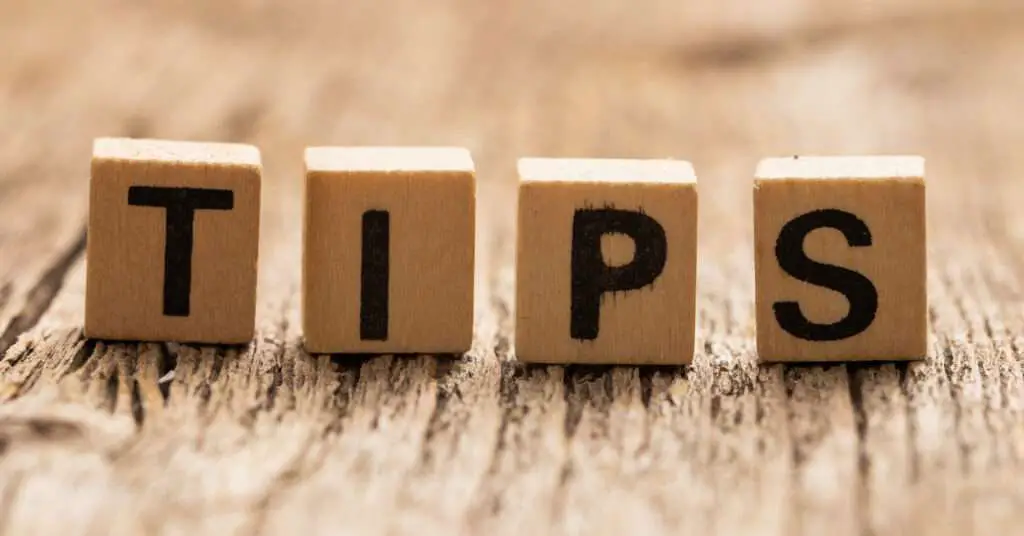
- Whenever you start a new exercise routine, it’s important to consult with your healthcare provider.
- Start your workouts at a steady pace and gradually raise the intensity and duration.
- Pay attention to your body and make adjustments to exercises as needed to accommodate any physical limitations.
- Stay hydrated and wear appropriate footwear and clothing during exercise.
Incorporate a mix of cardiovascular, strength, flexibility, and balance exercises for a well-rounded fitness regimen.
Conclusion
Staying active and engaging in regular exercise is essential for older adults to maintain a high quality of life and overall well-being. By incorporating a variety of exercises like walking, strength training, yoga, and water aerobics, older adults can enhance their physical health, stay independent, and enjoy a more active lifestyle. It’s important to talk to your healthcare provider and listen to your body to ensure safe and effective workouts. Start incorporating these exercises into your routine today for a healthier tomorrow.
Remember, it is essential to always consult with a doctor or medical professional before starting any new exercise routine, particularly for older adults with pre-existing medical conditions.
